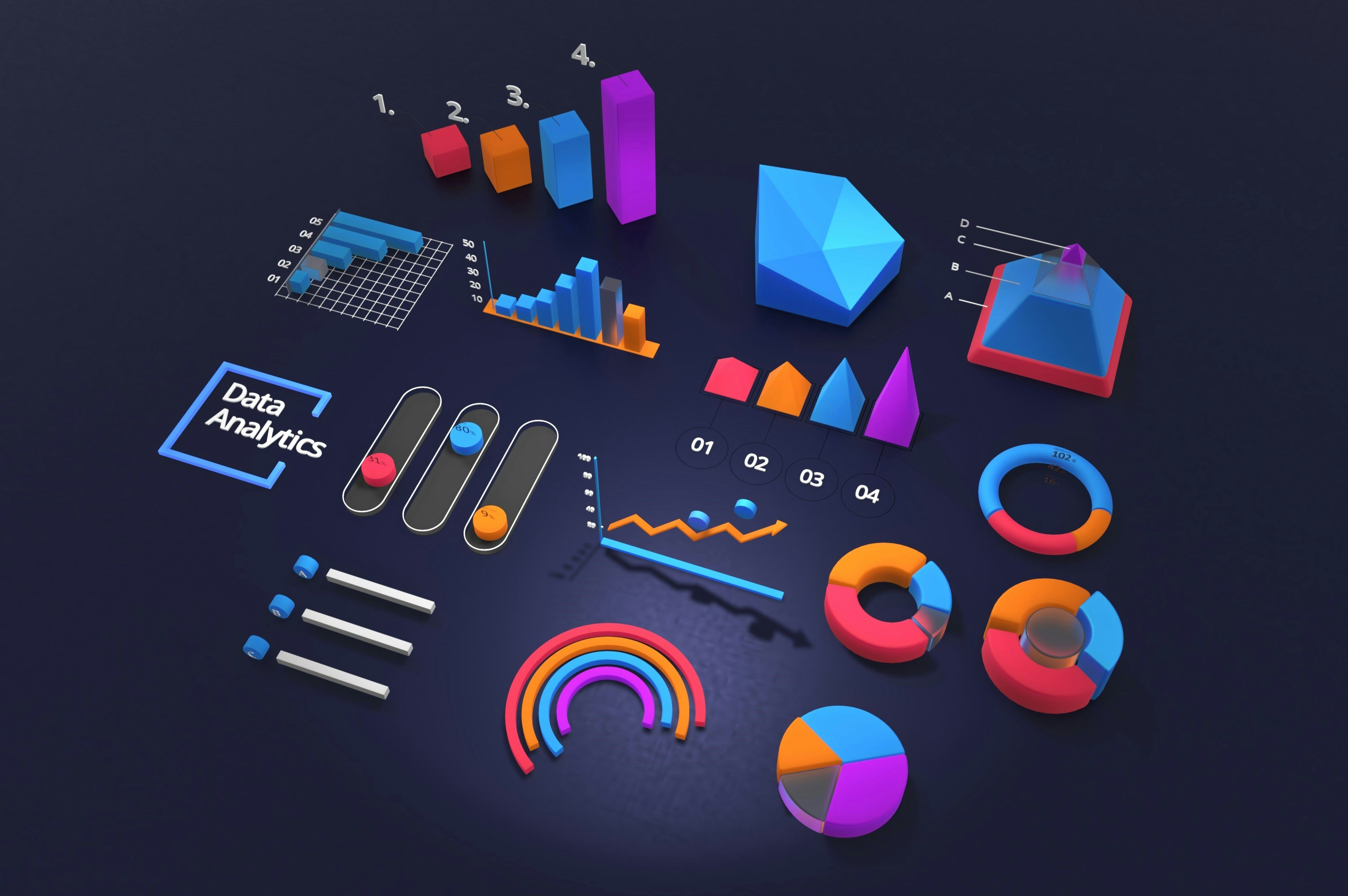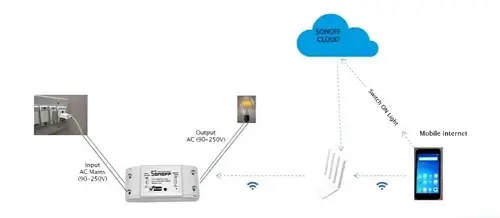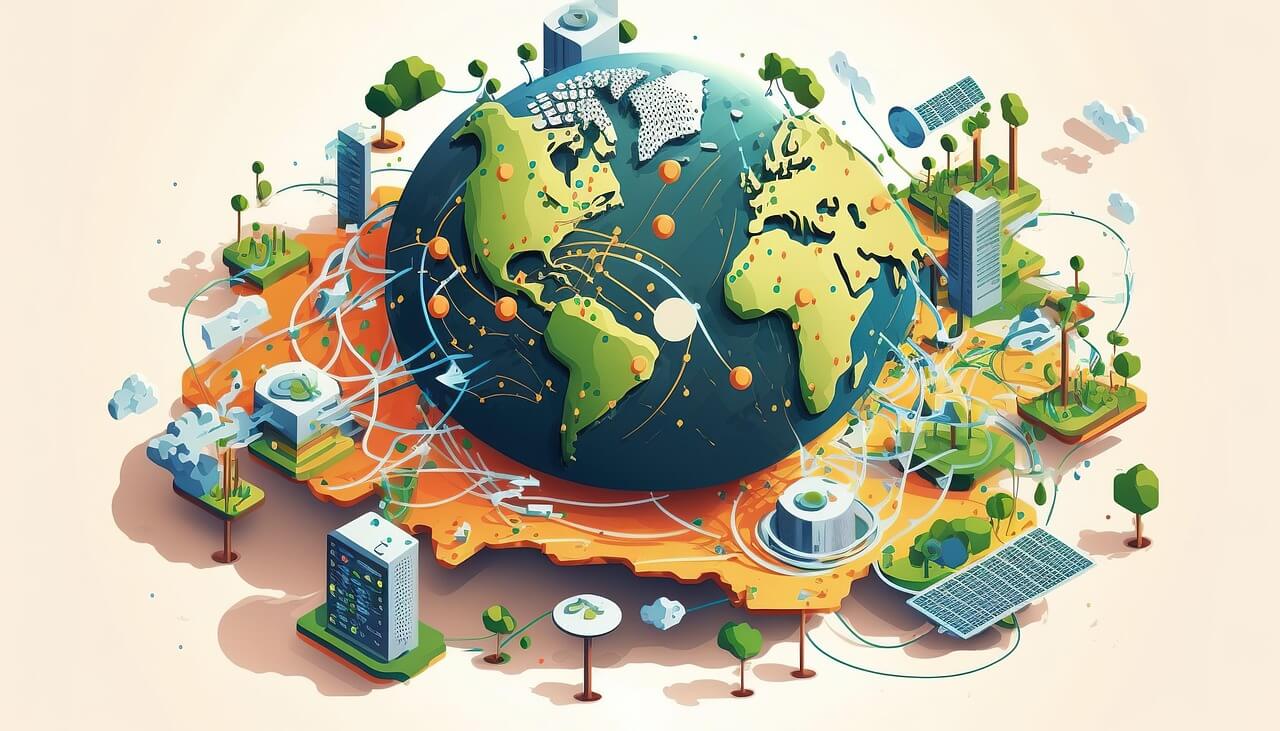Ever tried using a smart camera and noticed the tiny delay between someone ringing your doorbell and the video popping up on your phone? It is not huge, but it is enough to make you wonder why tech that feels so advanced can still be a little slow. That small pause usually happens because your data travels miles to a cloud server and back before it reaches you.
Now imagine the same video being processed right there near your home instead of taking that long detour. That is what edge computing does.
So, what is edge computing?
Think of edge computing as doing the job locally instead of sending it far away. It is like making coffee in your own kitchen instead of driving across town to pick up a cup. You save time and it fits your needs instantly.
With IoT devices, whether it is a smartwatch, a car, or a factory sensor, edge computing means the device or something nearby handles the heavy lifting so responses happen faster.
Why does it matter?
Speed is the big one. Some IoT situations do not have the luxury of waiting. A self driving car needs to decide if it should brake right now, not a few seconds later. A hospital monitor that notices an irregular heartbeat needs to alert staff immediately. Even in smaller ways, like voice assistants, edge computing makes responses feel quicker because not everything has to travel to the cloud first.
There is also reliability. If your internet goes down, devices that can process data locally do not suddenly become useless. And privacy improves too, since less personal information has to be sent across the wider internet.
Everyday examples
- Smart speakers that respond quicker to your commands.
- Retail stores that track inventory and customer flow instantly without relying on constant cloud access.
- Wearables that can raise health alerts in real time.
These things do not feel futuristic anymore. They are already happening and quietly making daily life smoother.
The bigger picture
Edge computing does not replace the cloud. The cloud is still useful for storing large amounts of data and running heavy analysis. Edge computing handles what needs to happen right now, close to the device, while the cloud handles long term storage and deeper processing.
Wrapping up
As more devices get connected, delays become more noticeable. Edge computing cuts down those delays so smart technology actually feels smart. The next time your doorbell shows who is at the door almost instantly, you will know there is a little edge working in your favor.




